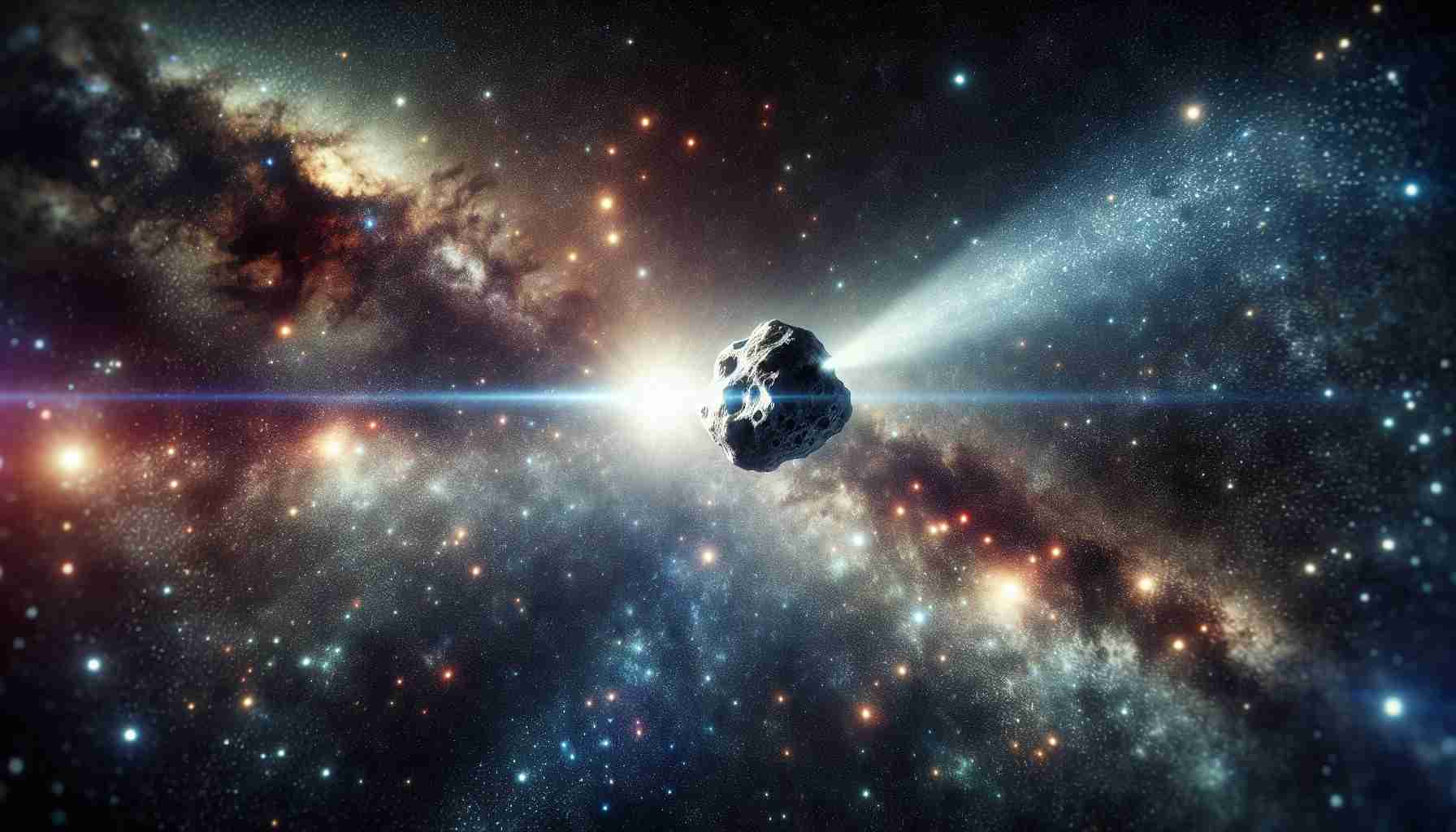An enormous asteroid, larger than the Eiffel Tower, is set to pass by Earth in 2029. This rare event has astronomers and researchers excited as they plan to observe the asteroid to enhance our defenses against potential space rock threats.
The European Space Agency (ESA) has announced funding for the preparatory work on the Apophis Mission for Security and Safety (Ramses), aiming to send a spacecraft to gather crucial data about the asteroid’s size, shape, mass, and rotation pattern as it cruises through space.
This mission will shed light on the composition, internal structure, and orbit of Apophis, providing insights into how the asteroid evolves as it passes within 32,000 kilometers of Earth – roughly a tenth of the distance to the moon – on Friday, April 13, 2029.
Experts anticipate that the gravitational field of Earth will slightly reshape the asteroid during its close approach, potentially triggering surface landslides. The knowledge gained from the Ramses mission will aid scientists in understanding the nature of asteroids and the risks they pose to our planet.
While most asteroids follow safe orbits, those, like Apophis, that intersect with Earth pose a different threat. The prospect of a catastrophic collision, as hypothesized in the mass extinction event that wiped out the dinosaurs 65 million years ago, underscores the importance of planetary defense efforts.
As researchers gear up for the upcoming close encounter with the asteroid Apophis in 2029, there are several important questions that arise:
1. What are the key challenges associated with studying and preparing for potential asteroid impacts?
Answer: One of the key challenges is the unpredictability of asteroid trajectories and compositions. While efforts are in place to track potentially hazardous asteroids, there is still a need for improved early warning systems and international collaboration to effectively prevent any potential impacts.
2. What are the controversies surrounding asteroid deflection methods?
Answer: Controversies exist around the effectiveness and ethical implications of various asteroid deflection techniques. Methods such as nuclear detonation or kinetic impact could have unintended consequences and raise questions about the best approach to mitigate asteroid threats.
3. What are the advantages and disadvantages of sending a spacecraft to gather data on approaching asteroids like Apophis?
Answer: The advantages include the opportunity to collect crucial information about the asteroid’s characteristics, which can help in developing precise impact predictions and defense strategies. However, the disadvantages may involve the high cost and risks associated with launching and operating a spacecraft in deep space.
Additional relevant facts:
– The asteroid Apophis was first discovered in 2004 and initially raised concerns about a potential collision with Earth. Further observations have since ruled out any immediate danger, but the close encounter in 2029 presents a valuable opportunity for scientific study.
– The Ramses mission by the European Space Agency marks a significant step in enhancing our understanding of near-Earth asteroids and advancing planetary defense capabilities.
– Collaborative efforts between space agencies, research institutions, and international organizations are crucial for coordinating asteroid impact mitigation strategies and fostering global preparedness.
Suggested related links:
European Space Agency
NASA
Space



